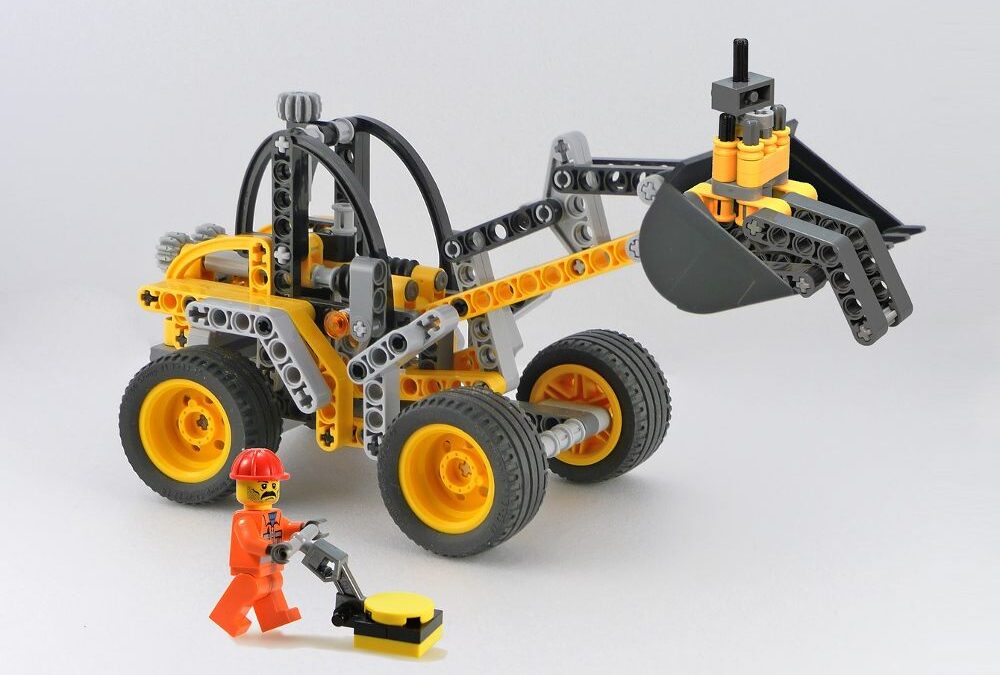Introduction
Every structure, at some point in time, will require some sort of renovation. Construction that is done on-site necessitates clean-up both during and after the project. The first thing that has to be done is to clear away any heavy objects and debris. After that, every surface needs to be meticulously cleaned because of the drywall dust. As part of this operation, the window frames, light fixtures, walls, and floors that are difficult to access will be cleaned. Let’s look at some of the most effective methods for building site cleanup.
Channels of Communication
The general contractor and the cleaning team must have open lines of communication with one another. Because there is a good chance that the project won’t begin precisely when it is supposed to, the builder needs to communicate with the cleanup crew regarding when they may begin the post-construction cleanup. Additionally, the general contractor can provide the cleaning personnel with instructions regarding particular care requirements. For instance, grout creates a haze throughout the construction process, which necessitates the use of an acidic cleaning. In addition, the janitorial staff of the building will require information regarding the components used in the structure’s construction. The maintenance requirements for different materials, such as hardwood, ceramic tile, and luxury vinyl tile, can vary greatly.
Maintenance of Safety
The construction site cleaning staff needs specialized training on-site to avoid safety issues. Workers are required to acquire the right safety training before beginning any job that could potentially be hazardous. On the construction site, staff personnel are required to be able to recognize and safely manage any potential dangers that may arise. OSHA, which stands for the Occupational Safety and Health Administration of the United States, is in charge of setting standards and providing training.
Employee well-being is also influenced by the culture of the company. Make ensuring people’s safety your main priority. Supervisors can set a good example for their employees by strictly adhering to all safety laws. It is of the utmost importance to have a method for reporting and handling any potential threats that may be present in the workplace.
Use of Personal Protective Equipment
Cleaning up after construction has its own set of hazards to workers. Teams responsible for cleaning should have the proper PPE and be properly educated (PPE). Workers should be shielded from head to toe by personal protective equipment.
Possible risks and safety precautions are outlined below.
- Toes – Construction debris such as nails can be dangerous during cleanup. Members of the cleaning team should wear shoes or boots with a rubber soles.
- Cleaning supplies can cause skin irritation if used for an extended period, especially on the hands. It’s important to always use gloves while dealing with chemicals.
- Lungs – Silica from concrete and drywall dust are two examples of indoor air pollution that can be generated during the construction process. When cleaning up in the area, be sure to wear a face mask and a respirator. We should think about using masks to avoid inhaling dust particles.
- Protecting Your Eyes and Ears During Construction Workers may need to wear safety glasses and earplugs.
- It’s important to keep a firm grasp on everything, especially during remodeling and construction, because loose fixtures and other debris can collapse at any time. Wearing hard helmets is mandatory safety gear on any active construction job.
Conclusion
To get your firm back up and running after a construction project, you must hire a service that possesses both the knowledge and the expertise necessary to complete the post-construction cleanup. If you require their services for a medical facility, a secure facility, a government building, or a commercial enterprise, their crew will be prepared to complete the task at hand.

